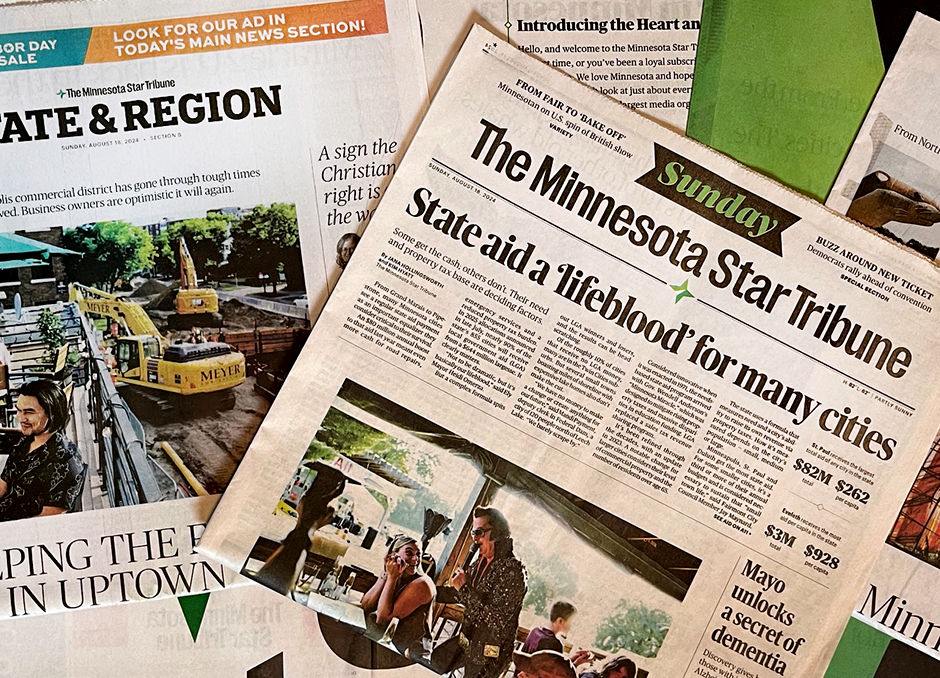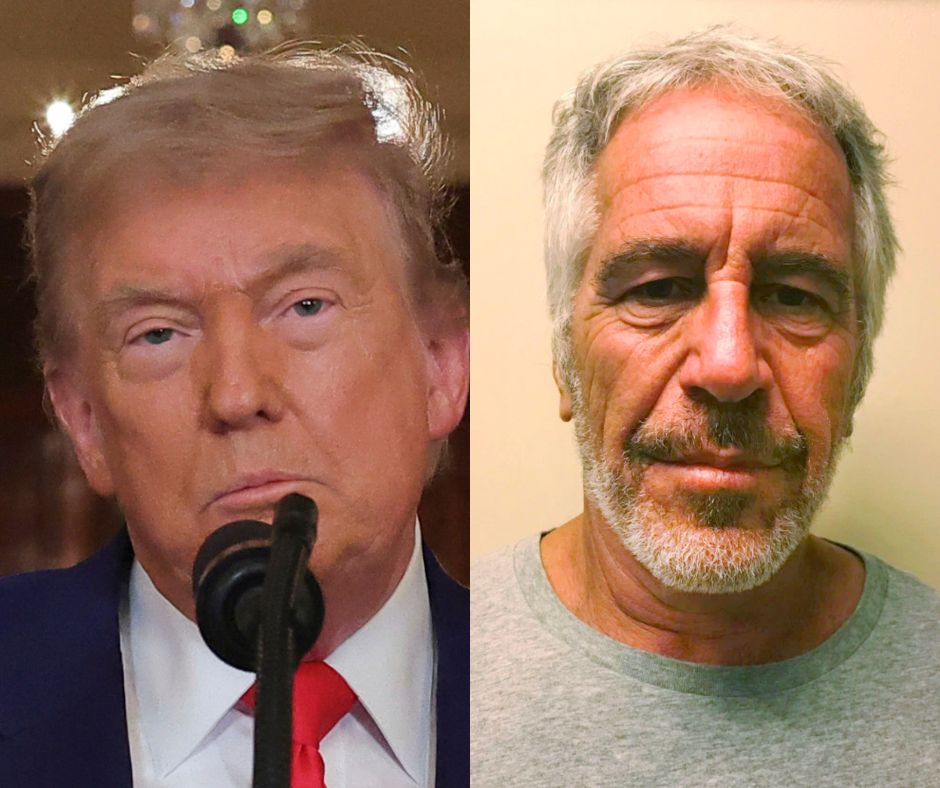KUALA LUMPUR, Malaysia (AP) — Thai and Cambodian officials met in Malaysia on Monday for the first round of cross-border committee talks since a tense ceasefire was brokered last week after five days of deadly armed border clashes that killed dozens and displaced over 260,000 people.
The four-day General Border Committee meetings were initially due to be hosted by Cambodia, but both sides later agreed to a neutral venue in Malaysia, the annual chair of the Association of Southeast Asian Nations, which mediated the halt in hostilities last month.
The July 28 ceasefire followed economic pressure from U.S. President Donald Trump, who had warned the warring nations that the U.S. would not conclude trade deals with them if the fighting persisted. Washington lowered tariffs on goods from the two countries from 36% to 19% on Aug. 1 following the truce.
Monday’s talks focused on ironing out details to avoid further clashes. Discussions of the decades-long competing territorial claims over the pockets of land near the shared border are not on the agenda.
A history of hostility
Thailand and Cambodia have been feuding neighbors for centuries, since both were mighty empires. In modern times, a 1962 ruling by the International Court of Justice awarding Cambodia the land on which the ancient Preah Vihear temple stands marked a new low point in relations, and other border territory remained claimed by both countries.
Fighting erupted in 2011 at Preah Vihaer, after which the ICJ in 2013 reaffirmed its earlier ruling, rankling Thailand. Relations deteriorated again sharply in May this year, when a Cambodian soldier was shot dead in a brief fracas in one of the disputed border zones, setting off diplomatic and trade sanctions, one against the other.
READ MORE: Thailand returns 2 wounded soldiers to Cambodia keeps holding 18 others prisoner
Soon after two incidents last month in which Thai soldiers were wounded by land mines in disputed territory — for which Thailand blamed Cambodia — the two sides downgraded diplomatic relations and fighting broke out, each side blaming the other for starting the armed clashes.
The talks this week will include finalizing details and scope of reference for an ASEAN monitoring team, Malaysian Chief of Defense Forces Gen. Mohamad Nizam Jaffar said Monday.
Despite some reports of attacks after the ceasefire came into effect, Nizam said such incidents were typical spillover violence and both sides showed strong commitment during Monday’s talks to uphold the ceasefire.
The main session of the General Border Committee on Thursday will be led by Thai Deputy Defense Minister Gen. Natthaphon Nakpanit and Cambodian Defense Minister Tea Seih, who also serves as deputy prime minister, and include observers from Malaysia, the United States and China, officials said.
Despite the truce, tensions have persisted as both countries organized tours of the former battle areas for foreign diplomats and other observers to highlight damage allegedly caused by the other side. The two countries also continue to accuse each other of having violated international humanitarian laws with attacks on civilians and the use of illegal weapons.
The battles are now fought on the propaganda front
The propaganda war continues with accusations, denials, and cries of “fake news,” while supporters of each side also tangle on social media.
Each side has blamed the other for starting the fighting and for indiscriminately targeting civilian sites with long-range weapons such as artillery and rockets, and using prohibited weapons.
The hottest issue is Cambodia’s allegations that Thailand has mistreated and tortured a squad of captured Cambodian soldiers. Two wounded members of the 20-man Cambodian group were repatriated on Friday.
However, Thai officials said Monday that the soldiers “qualify as prisoners of war” and “will be released and repatriated only when the armed conflict ends,” which it considers a separate matter from last week’s ceasefire.
Thai military spokesperson Rear Admiral Surasant Kongsiri said at a news briefing Monday that Thailand has invited representatives from the International Committee of the Red Cross, ICRC, and the U.N.’s Office of the High Commissioner of Human Rights, OHCHR, “to visit the detained Cambodian soldiers on site.” Cambodia had called for such access.
Neither the ICRC nor the OHCHR responded to a query from The Associated Press asking about any communications with the two governments.
Cambodia’s king formalizes former leader Hun Sen’s military role
A surprise statement on Monday night in the Cambodian capital Phnom Penh announced that Cambodian King Norodom Sihamoni issued a Royal Decree authorizing the country’s influential former leader Hun Sen to work together with his son, Prime Minister Hun Manet, in guiding military and national defense affairs.
The king’s decree said he was acting because the nation “is suffering from serious violations and threats to its territorial integrity by the Thai soldiers, and in accordance with the spirit of the Constitution of Cambodia.”
King Sihamoni generally keeps a low profile and exercises no political power or influence, taking no initiative in any state or government work.
The 72-year-old Hun Sen, who is very active on social media, maintained a high profile during the fighting, urging his country’s soldiers and hurling invective at Thailand and its leaders. He was once a guerrilla fighter with the Communist Khmer Rouge.
It was not clear why Hun Sen would need or want authorization from King Sihamoni, since there has been no open dissent inside the country criticizing his actions during the conflict.
The decree appeared to be a response to foreign news stories suggesting Hun Sen was usurping his son’s authority. Hun Sen seemed to confirm this, saying on Facebook that he was exercising his rights as a five-star general with experience “to fight the thieves who invaded my country,” after noting criticism from Thai media.
We’re not going anywhere.
Stand up for truly independent, trusted news that you can count on!

















































